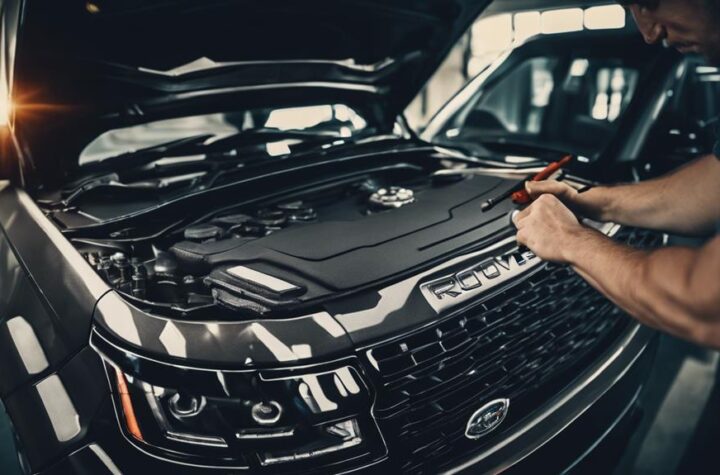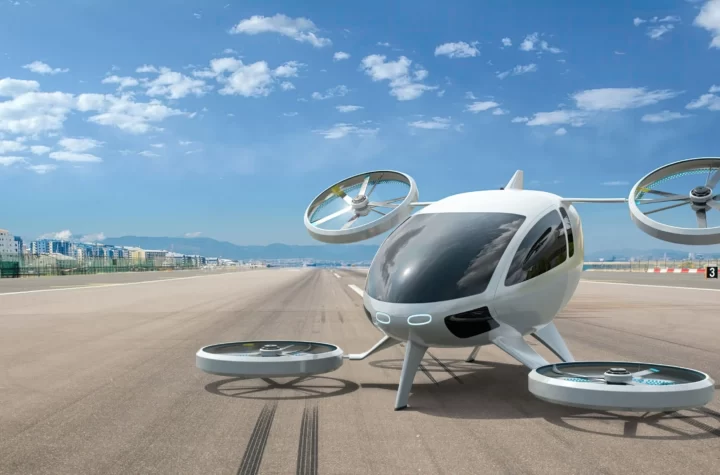The Renault plant at Cléon, France, produces engines and gearboxes of excellent quality and performance. The newly developed 2.0 dCi is the first diesel engine for the Renault and Nissan alliance, and is generally accepted as the reference model for its class.
Among other things, Renault has invested in modern production lines for crankcases and crankshafts at the plant. The lines include adjoining CNC machining centers, transfer lanes, grinding, honing, measuring and washing machines, lathes, as well as handling devices for portal robots and intermediate buffers. All subsystems are highly automated, with fewer than ten operators required per shift to work and maintain one complete production line.
Modular solutions
Renault chose the automation system Solutions for Powertrain from Siemens. The package from which Renault tailored its solution includes the Sinumerik 840D CNC control with the capacity to run a wide range of machines and materials handling systems. The Safety Integrated package included in this system enables speed and downtimes to be safely monitored, workplaces and danger zones to be clearly separated and all safety signals and their internal logical links to be directly interconnected.
Control systems from the Simatic S7-300 series can also solve complex tasks. Real-time communication via Profinet is supported by an extensive set of instructions and the Profibus DP field bus enables various options for data exchange during the process.
The control system is completed by 7.5 to 15-inch operating panels. In combination with a robust industrial PC (PCU50), flexibility and performance are safeguarded, even in harsh environments. The standardized, extendable Transline HMI user interface for all machines does not require special training. The modular solution also includes connections for intelligent periphery devices, diagnostic software and software for efficient data management. In addition, Siemens offered Renault extensive consultation and a complete “all-round engineering” that transfers the expertise to the end customer.
Open and modular design
There are currently thirteen machining centers and nine transfer lanes installed in the Renault crankcase production line at this facility. Handling is mainly carried out via portal handling devices. “For the crankshaft, the machining equipment is much more heterogeneous, as the process requires a wide range of machines from various manufacturers,” explains Nicolas Barbier, project manager at Renault.
The Siemens Sinumerik 840D powerline is used for the CNC control, with a total of 160 NC machines and eighteen robots in operation on the network. With its open and modular architecture, this control system can regulate almost any CNC machining process. It was important for the Renault production line’s materials handling package to contain functions that are usually found only in special robot control systems. These include teaching, coordinate transformation, a multifunctional handheld terminal and special user interfaces.
The Cléon plant relies on the Simatic S7-300 for all PLC functions. Operating devices include the OP 012 and OP 270 operator panels and the MP370 multipanel, partly with PCU50 and push-button panels. The drives of the machine tools are equipped with Siemens Simodrive 611D. The machining center manufacturer Grob, from
Mindelheim, Germany, uses the Siemens 1FT6 und 1FK7 types for servo motors.
Safety Integrated is particularly important at Cléon. “Our plant’s aim is to always achieve the lowest number of accidents within Renault,” emphasizes Nicolas Barbier. The systems are networked via the Profibus DP and AS-Interface field buses. For production data acquisition and for data backups, all machines are connected to a central IT system via the Internet.
Every authorized person within the Renault manufacturing group has access to this system via the company Intranet. This enables systems to be optimized or new systems to be planned.
Following installation, Siemens, Grob and Renault together carried out mechatronic optimization on all CNC machines. This enabled the transfer of vibrations to the mechanical structure to be reduced, causing less fatigue in the components.
A concept for the future
Nicolas Barbier is quite happy with the company’s decision. “Choosing Transline has been worthwhile in every respect.” The concept is to be retained for further extension of the systems. Their capacity will initially be increased to 12,500 engines per week and, in the near future, other types of engines will be produced on them as well. Since Siemens has proven a reliable partner, this expansion will also be realized with the German divisions of the company.














































 500°F GAS-HEATED TWO-ZONE CONVEYOR OVEN FROM GRIEVE
500°F GAS-HEATED TWO-ZONE CONVEYOR OVEN FROM GRIEVE


